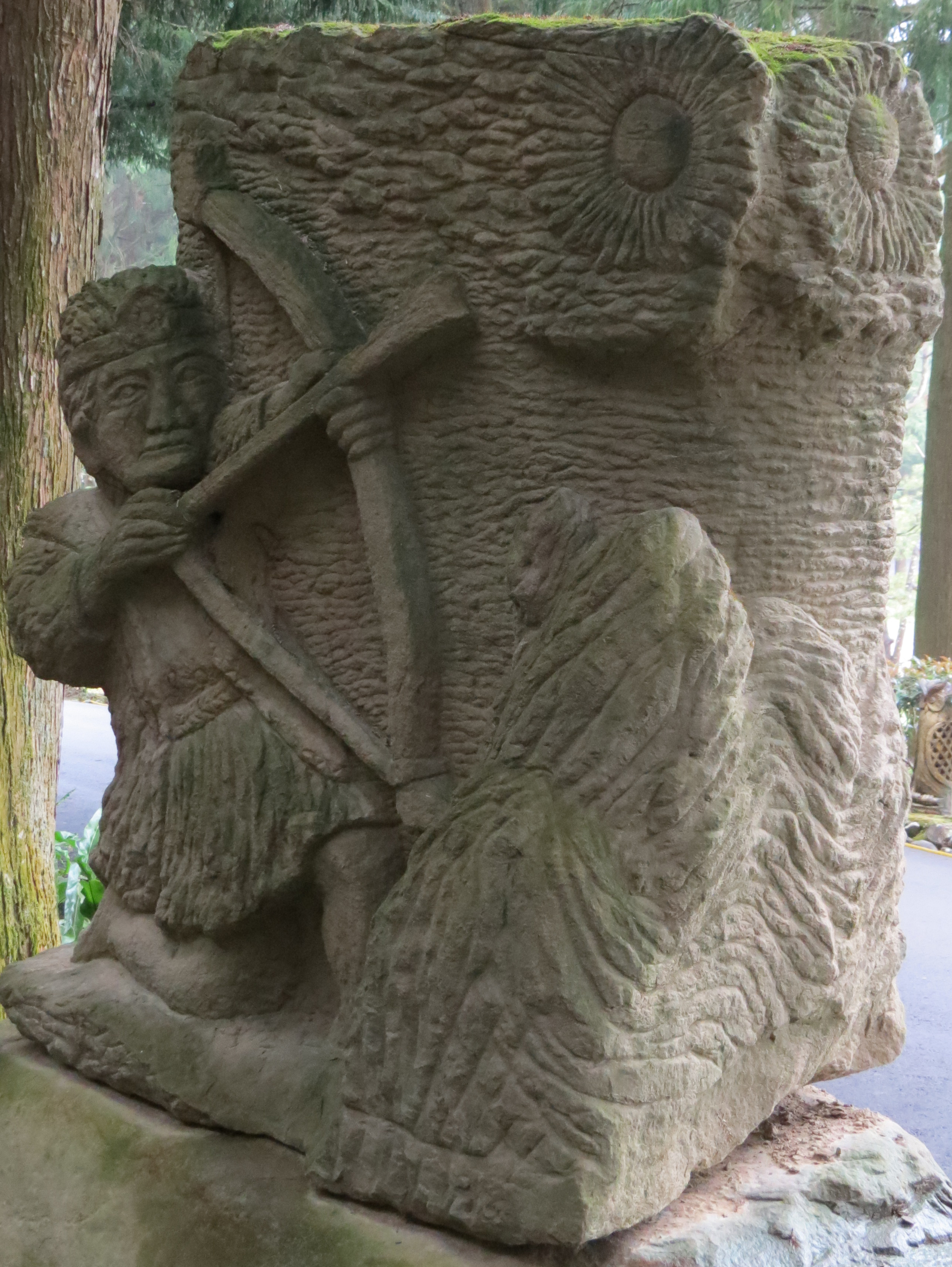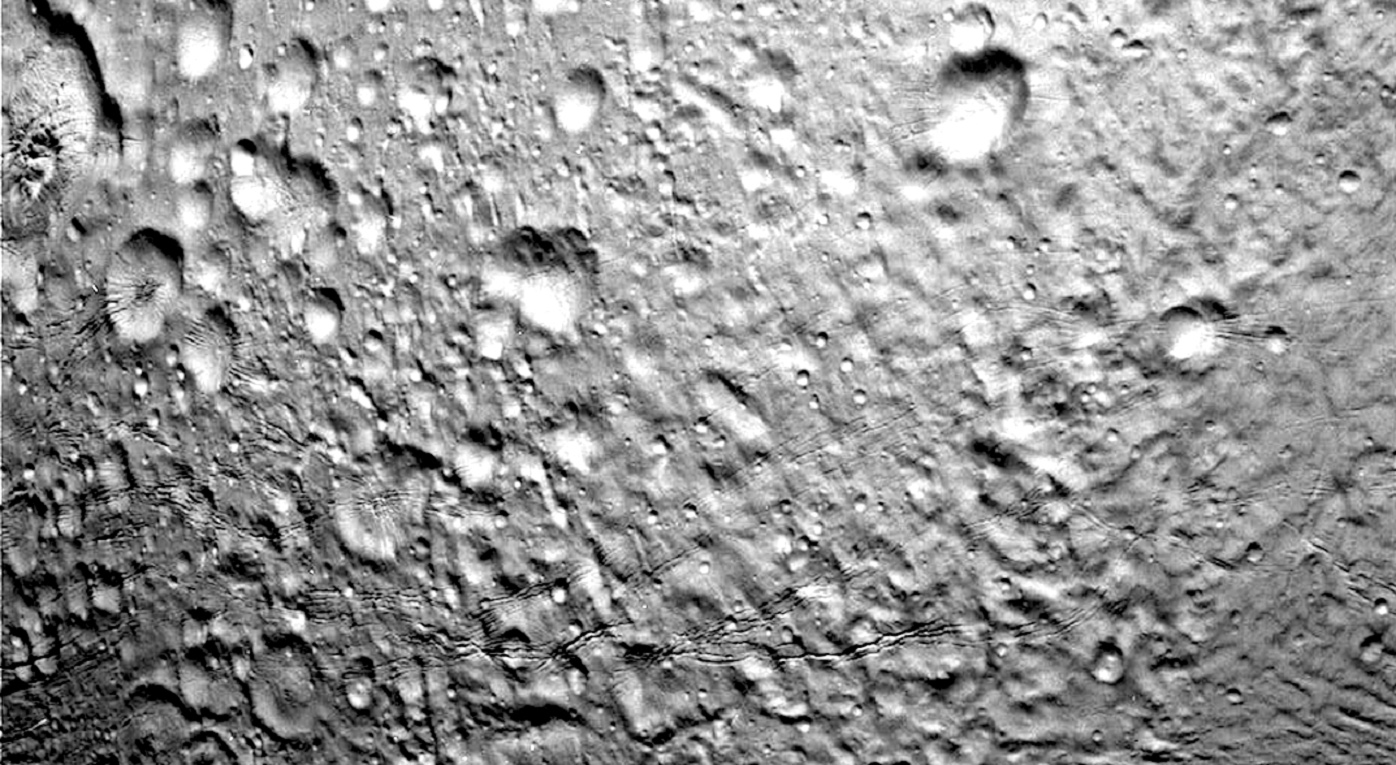Category: Picture of the Day
A picture and essay from the perspective of the Electric Universe.
Lost for Words (Part 1 of 2)

Original Post September 19, 2014 From a comparative viewpoint, perhaps the most common ‘contaminations’ in mythological data are distorted echoes of the Hebrew myths of paradise, Noah’s flood and the tower of Babel, conveyed to exotic societies by Christian missionaries. Similar to stratigraphical clues in archaeological excavations, elements of language,…
Star Drive
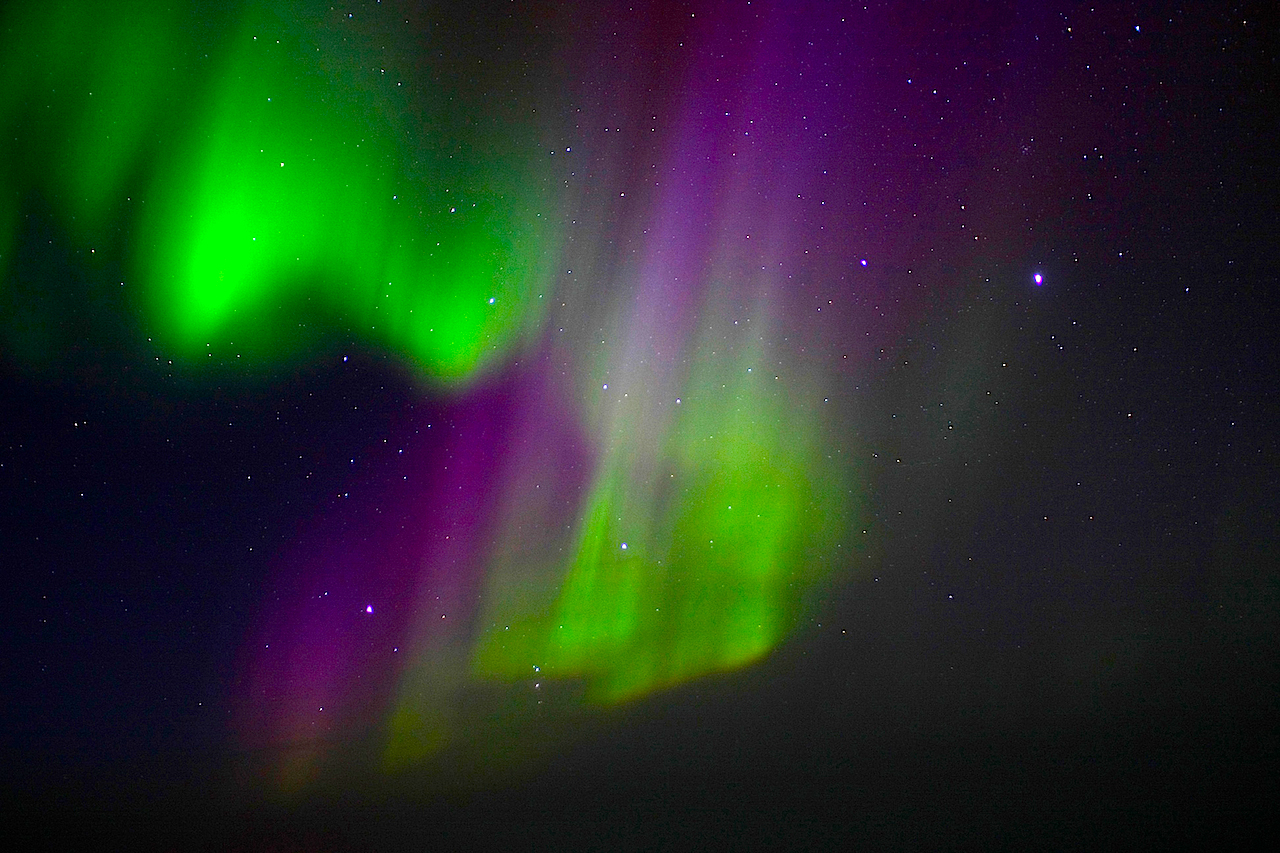
Original Post September 10, 2014 Electric Universe theory assumes Earth and the Sun are electrically connected. Previous Picture of the Day articles discuss the linkages between the flow of electric charge through the galaxy, solar electric currents, and terrestrial electric currents. Earth’s environment is also driven by those cosmic…
SunShots
Ski Enceladus
Merger or Division?
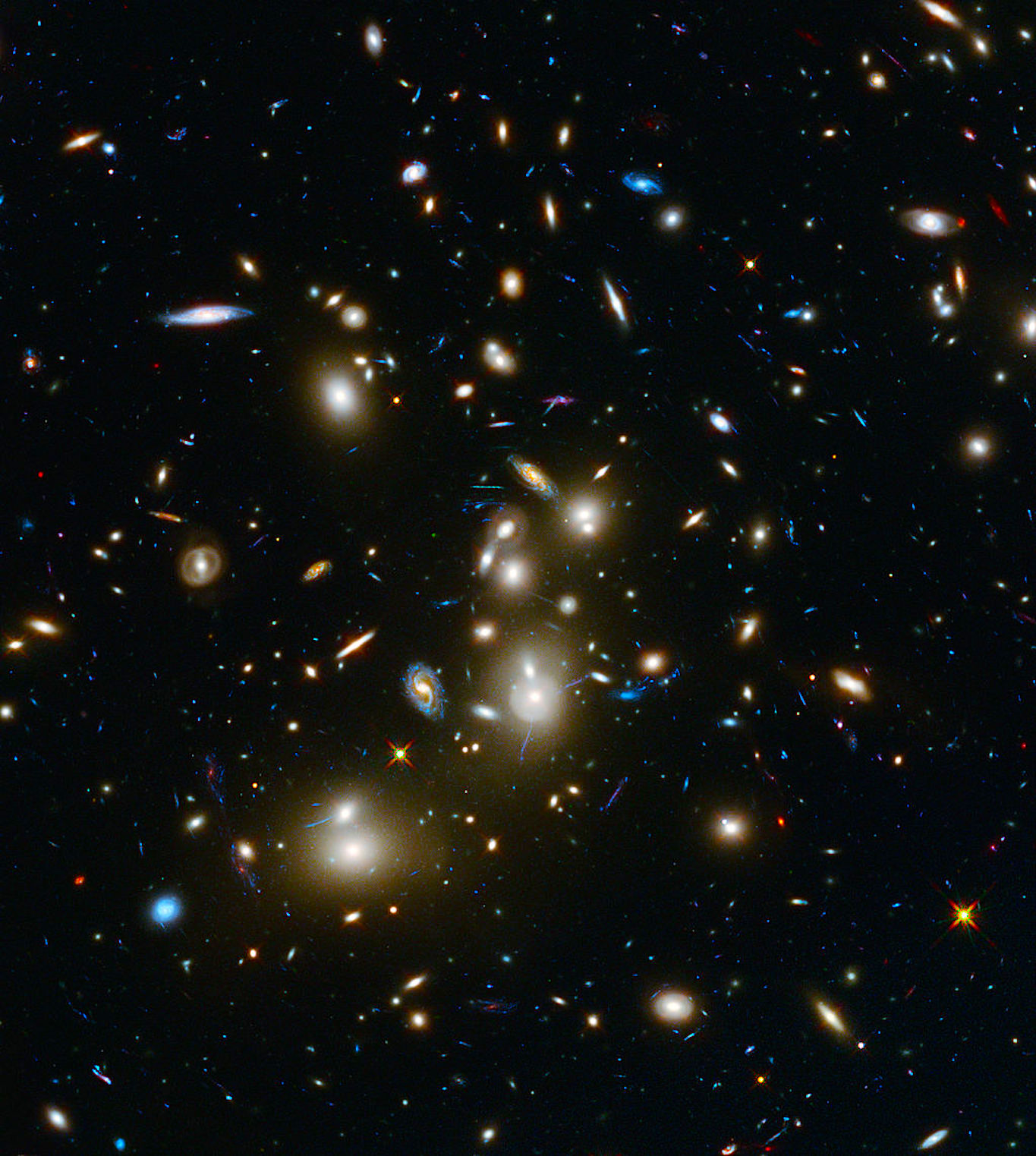
Original Post August 13, 2014 Are colliding galaxies actually separating? Astronomer Halton Arp discovered several relationships between various galaxies, and between galaxies and quasars, that led him to speculate that redshift is not an indicator of recessional speed or of distance to remote celestial objects. Observations of those remote objects…
Butterflies on a String
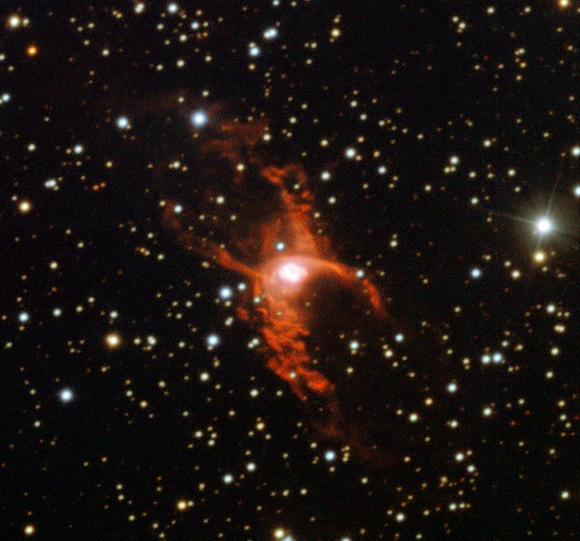
Original Post August 7, 2014 Modern astronomy has a planetary nebula (PN) problem: Gravity can’t do what PNs do. Astronomers invent a kind of pseudo-magnetism to fill the explanatory holes. This pseudo-magnetism is a reified presumption that’s unplugged from the electric currents that generate real magnetic forces. Consensus theory has…
Comets, Planets in Chaos and Plasma Mythology
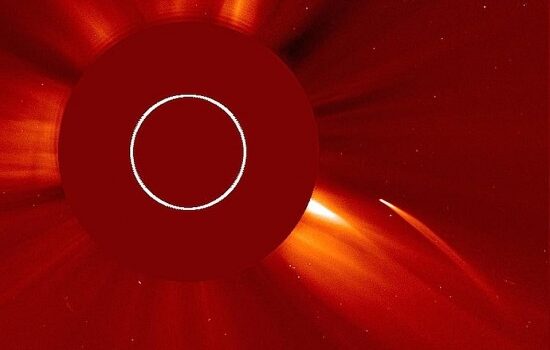
Original Post July 30, 2014 Thomas Short, writing in the 18th century, chronicled the many calamities that decimated mankind over four thousand years. Plagues, earthquakes, drought, pestilence and incredible floods. As you read through Short’s curious book, you are struck by the appearance of bright comets in numbers unmatched…
Stars in the Plasma Focus
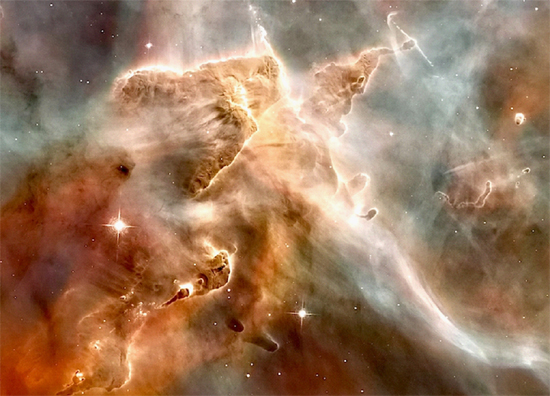
Original Post July 22, 2014 Supernovae are what Hannes Alfvén called them: exploding double layers. The Large Magellanic Cloud (LMC) is relatively small, irregular galaxy approximately 168,000 light-years from Earth. The distance is approximate, because different parallax values are obtained when different measuring sticks are used. Within the LMC is an object…
Plateau du Vercors
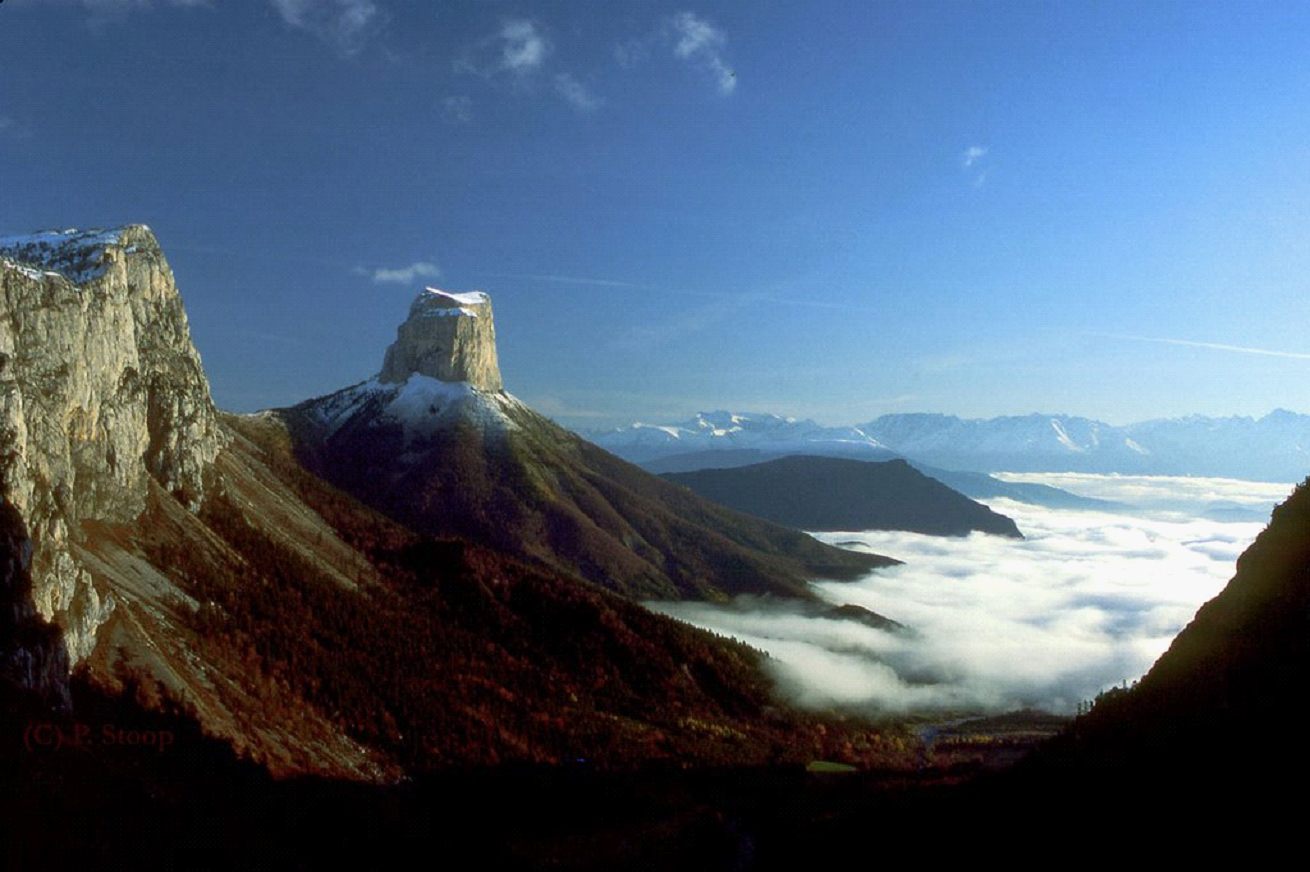
Original Post July 8, 2014 Aciculate peaks and curvilinear ridges outline giant circular depressions in the French Alps. As previously written, stone monoliths can be found all over the world. There are colossal formations that make up the French Alps, for instance. In particular, Mont Aiguille (Needle Mountain) is similar to the structures…






